Zombie Star Scarred While Devouring Its Planets
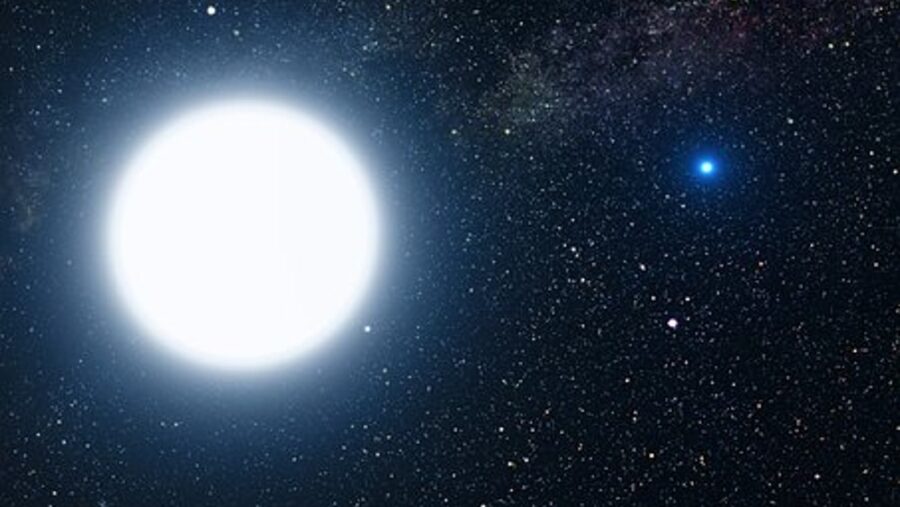
In the course of devouring the planets within its orbit, a white dwarf “zombie star” has developed a metal scar in an unprecedented sighting.
There are copious parallels that exist between the ocean and space. In the early leg of human civilization, the sea represented the great unknown housing fearsome predators below the surface of its roiling waves. In modernity, space possesses a similar mystique for both the ordinary observer and the accomplished astronomer.
The Life Cycle Of Stars
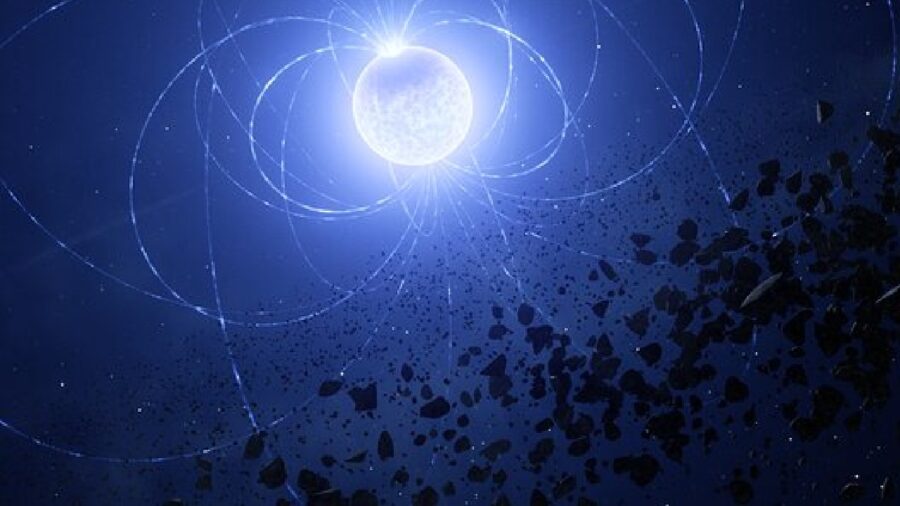
While modern astronomers operate with greater accuracy and a more comprehensive spectrum of data, the black expanse of space still contains an endless cavalcade of mysteries. Among even novice astronomers, the life cycle of stars and the names associated with their various stages of decay are as elementary as the average person’s grasp of the alphabet. However, even within commonplace astronomical events, there is always room for a previously undocumented phenomenon, such as the planet-eating zombie star.
Stars Run Out Of Fuel
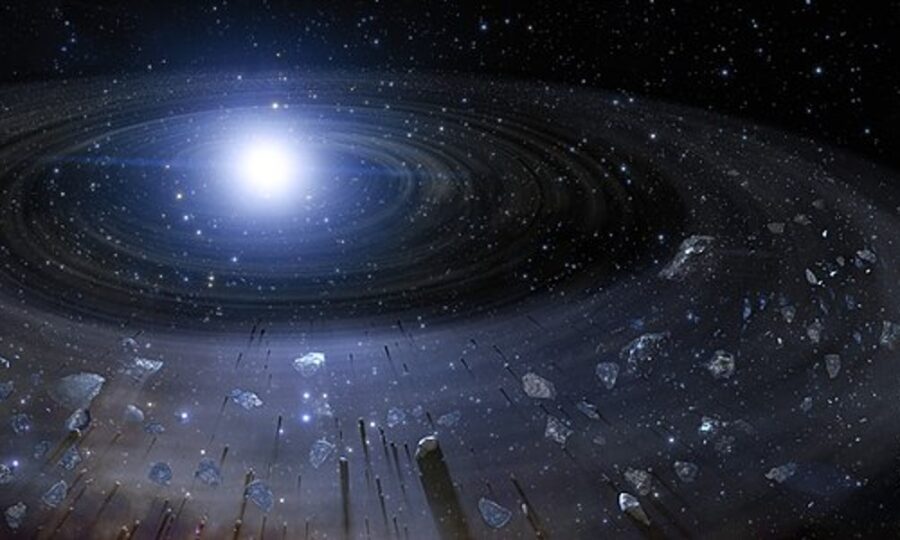
Once a star has depleted all of its available nuclear energy, the remaining core becomes a white dwarf, which is what has happened with the zombie star. When the cessation of nuclear fusion occurs, the star loses its ability to resist its own gravity. As the star succumbs to its own gravity, the core begins to collapse, causing its exterior to expand and allowing the star to become a red giant.
A Dying Star Eats Planets
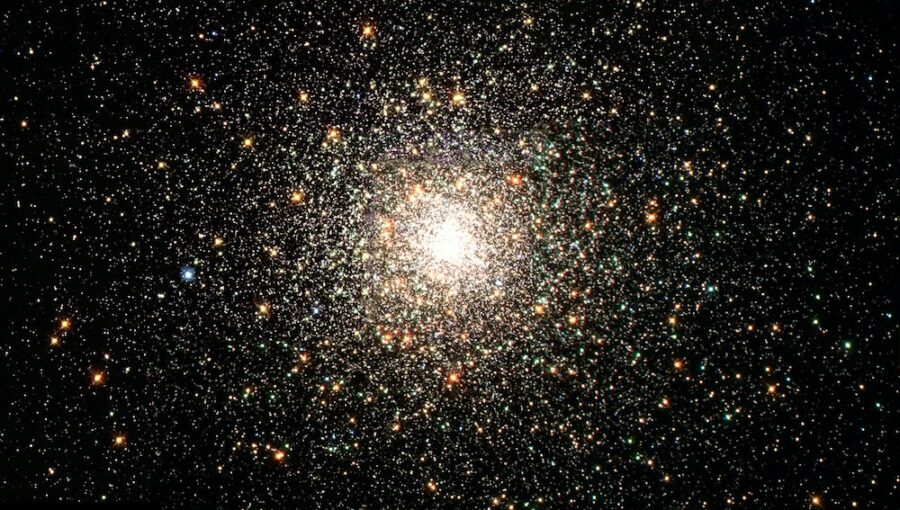
As the red giant cools, it begins to consume all of the neighboring planets within its orbit. At the end of the red giant’s cooling period, the star completely sheds its exterior, and the core, or white dwarf, is all that remains. During this period of a star’s life cycle, it isn’t uncommon for white dwarfs to begin pulling planets and asteroids into its orbit in a process akin to celestial cannibalism, hence the nomenclature of a zombie star.
The Very Large Telescope

While the facts mentioned above aren’t noteworthy, the presence of a metal scar recently spotted on a zombie star white dwarf is groundbreaking. Using a VTL, which stands for the aptly named Very Large Telescope, a crew of astronomers in Northern Chile discovered a metallic scar on the surface of a white dwarf. The dwarf, known as WD 0816-310, has given scientists new insights into how white dwarfs consume the planets in their orbit.
The Role Of Magnetism
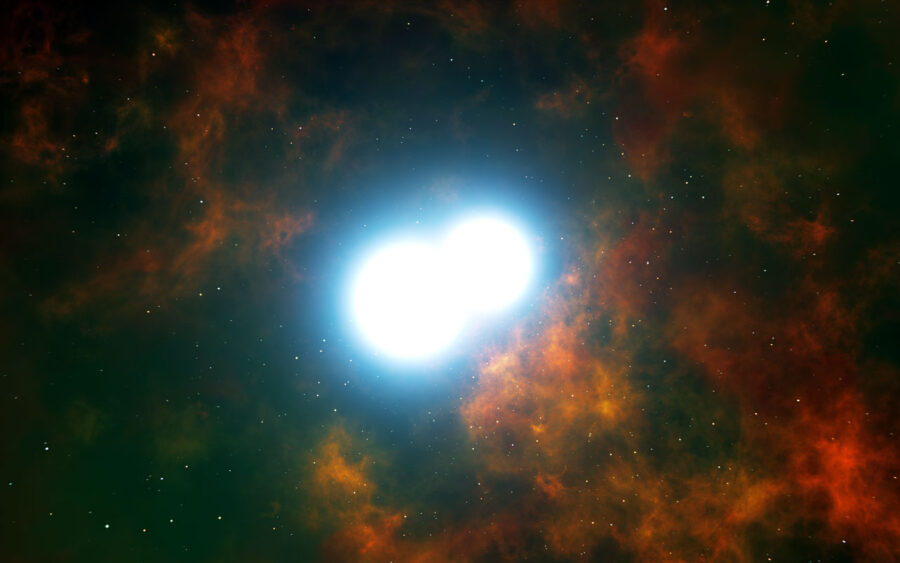
With this newfound information, astronomers now understand magnetism’s role in the final cycle of a star’s lifespan. Before the discovery of WD 0816-310, scientists believed metal bodies could pollute white dwarfs. However, astronomers are reevaluating their presuppositions with the excess metal allocated to a specific area, as seen on the zombie star, which is akin to a scar.
The Mystery Of The Metal Scar
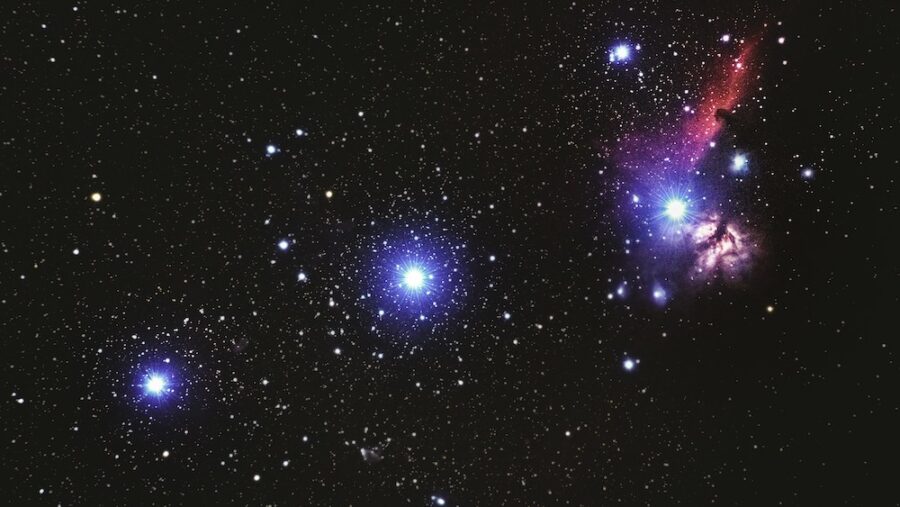
WD 0816-310 and its metal scar is just one of the many discoveries that prove how little we truly comprehend the mysteries of space. Similar to the unprecedented metal scar on the surface of the zombie star, astronomers have also recently found important ingredients for life in strange corners of the cosmos. With this onslaught of new information, the prospect of human beings conquering the infinite void of space in a similar fashion to how earlier cultures tamed the sea seems unlikely.
If anything, the idea of space being the modern version of the proverbial great unknown remains uncontested.












